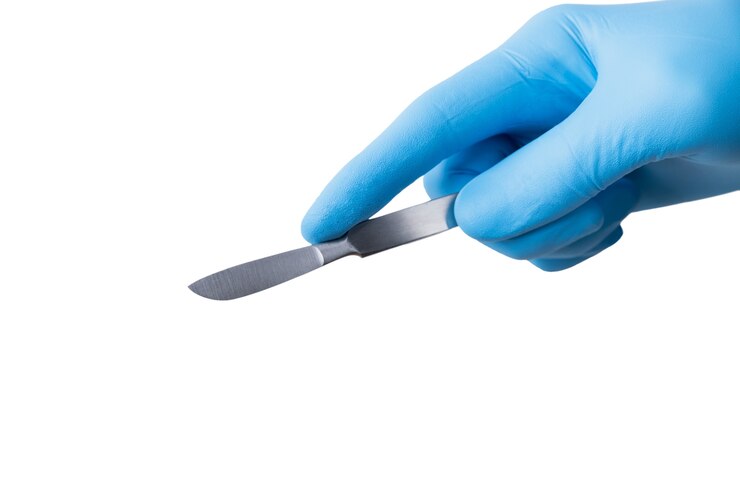Choosing the Right Beaver Blade Handle for Precision in Surgery

Surgeons, in their pursuit of precision and efficiency, understand the significance of selecting the appropriate tools. The beaver blade handle, often synonymous with the scalpel blade handle, plays a crucial role in various surgical procedures. Here are the key factors surgeons should consider when choosing beaver blade handles for specific medical interventions.
1. Material Matters
The material composition of a beaver blade handle is paramount. Stainless steel remains a popular choice due to its durability, corrosion resistance, and ease of sterilization. Titanium handles offer a lightweight alternative without compromising strength, making them ideal for delicate procedures. Considering the material ensures longevity and reliability in the surgical environment.
2. Ergonomic Design
Surgeons' hands endure prolonged periods of use, demanding ergonomic design for beaver bladehandles. An ergonomic grip reduces hand fatigue, enhances control, and minimizes the risk of repetitive strain injuries. Adjustable handles provide customization, accommodating the diverse needs of surgeons across different specialties.
3. Compatibility with Scalpel Blades
The seamless integration of beaver blade handles with various scalpel blades is crucial. Surgeons need handles that can effortlessly secure and release blades, allowing for swift changes during procedures. This compatibility ensures adaptability to different incision requirements, contributing to a surgeon's flexibility in the operating room.
4. Weight Distribution
Balanced weight distribution is a key consideration for surgical instruments, including beaver blade handles. Well-distributed weight ensures precise control, reducing the likelihood of hand tremors during delicate procedures. Surgeons must choose handles that feel comfortable and well-balanced in their hands to maintain optimal surgical precision.
5. Sterilization Compatibility
Maintaining a sterile environment is paramount in surgery. Surgeons must opt for beaver blade handles that are compatible with standard sterilization methods, such as autoclaving. This ensures that the instruments can be reliably and efficiently sterilized, mitigating the risk of infections in patients.
6. Handle Texture and Grip
The texture and grip of a beaver blade handle directly impact the surgeon's control and precision. Handles with non-slip textures provide a secure grip even in challenging surgical conditions. Surgeons should consider the handle's texture to ensure a firm grasp, especially during intricate and detail-oriented procedures.
7. Specialty-Specific Considerations
Different surgical specialties demand unique features in beaver blade handles. Orthopedic surgeons may require handles with a robust build for bone-related procedures, while ophthalmic surgeons may prioritize lightweight and delicately designed handles for eye surgeries. Surgeons must choose handles tailored to the specific demands of their medical specialty.
8. Durability in Challenging Conditions
Surgical procedures often expose instruments to challenging conditions, requiring beaver blade handles to withstand rigorous use. Surgeons should prioritize handles with a reputation for durability, ensuring they maintain their structural integrity even in demanding surgical environments. Surgical 123's beaver blade handles are crafted to endure the rigors of surgery, providing reliability when it matters most.
Ending Notes
The choice of a beaver blade handle significantly influences the precision and success of medical procedures. Surgical 123, committed to providing high-quality instruments, understands the importance of these factors. Surgeons can trust our range of beaver blade handles to meet their diverse needs, ensuring optimal performance in the operating room.
For instruments that prioritize precision, durability, and surgeon comfort, choose Surgical 123—your partner in surgical excellence.
Recent Posts
-
NIH to invest another $515M over four years for long Covid research
NIH to invest another $515M over four years for long Covid researchRead more at: https://www.fierceb …Feb 15th 2024 -
Proper Storage and Maintenance Tips for Brown Adson Thumb Forceps and Curved Kelly Forceps
Surgical instruments play a pivotal role in medical procedures, and ensuring their longevity is ess …Jan 9th 2024 -
Choosing the Right Beaver Blade Handle for Precision in Surgery
Surgeons, in their pursuit of precision and efficiency, understand the significance of selecting th …Jan 8th 2024